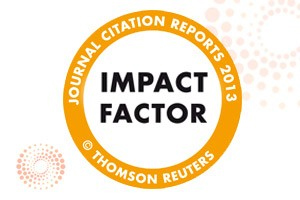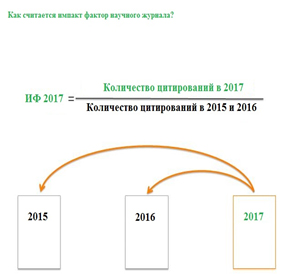Scientometric indicators – indices of the publication activity of authors or organizations, the significance of publications depending on the scientific weight of the journal, etc. Used to assess the state and prospects of research activities of authors and organizations, their comparison and ranking in various ratings.
Scientometric bases are not something new in the world. Their history begins in the seventeenth century, when the first appeared two indexes of scientific citation – the index of the legal documents. Shepard’s Citations in 1873 and the index of scientific publications on medicine Index Medicus in 1879, which existed until 2004.
To date, there are a large number of international citation systems (bibliographic databases): Web of Science, Scopus, Astrophysics, PubMed, Mathematics, Chemical Abstracts, Springe, etc. The most authoritative of the existing international citation systems, whose indexes are recognized around the world, are: “Web of Science” and the “Scopus” system. The logs included in these systems are officially recognized by the Higher Attestation Commission (VAK).
Web of Science is an information and analytical platform with information on leading international publications. Its history begins with the world’s first scientific citation index Science Citation Index, which since 1964 produced the Institute of Scientific Information (ISI), which was founded by the founder of the science of science Eugene Garfield.
In 2017, the independent company Clarivate Analytics continued the tradition of ISI and the development of tools for a full cycle of scientific and technical information. Web of Science remains one of the main information platforms Clarivate Analytics and continues to develop.
The citation indexes included in Web of Science Core Collection:
- Science Citation Index Expanded, archive с 1975
- Social Sciences Citation Index, archive с 1975
- Arts & Humanities Citation Index, archive с 1975
- Emerging Sources Citation Index, archive с 2015
- Conference Proceedings Citation Index, archive с 1990
- Book Citation Index, archive с 2005

Information portal Clarivate Analitics:
http://info.clarivate.com/rcis
Here you can get more detailed information about Clarivate Analitics products, watch training videos on working with Web of Science platforms, learn about citation indexes and other useful information.
The Web of science database is available through a national subscription on the territory of the Kazakh National University named after al-Farabi and in al-Farabi Library. Read more about the possibilities of the platform can be found on our website.
https://apps.webofknowledge.com
About DB Scopus you can learn more on our website, by clicking on the link http://elibrary.kaznu.kz/ru/node/1466
BASIC DEFINITIONS TO BE KNOWN
The index of citing scientific articles is the abstract database of scientific publications indexing the links indicated in the lists of these publications and providing quantitative indicators of these references.
The author can not have a citation index, but can be a citation index.
Calculation of citation indexes in each particular resource is carried out on the basis of information (sources) contained precisely in this resource, therefore the citation indexes of the same author in different resources may differ.
What is an impact factor?
Impact factor is considered so: the number of citations in the reporting year of articles published in the journal for the two previous years are divided by the total number of these articles. The less number of issues issued, the greater the contribution of each individual quote.
Impact factor is an important characteristic of scientific journals. It is calculated every year by the Institute of Scientific Information (ISI). Impact factor of the journal is equal to the ratio of references for a certain period (usually 3 years) to articles in this journal to the number of articles published in it.

Impact factor is a measure that determines the frequency with which the average article of the magazine is cited. Impact factor reflects the quality of works published in journals, through the evaluation of productivity and citation, ie, the scientific popularity of the journal.

The impact factor contains the cited materials:
- articles;
- reviews;
- proceedings of conferences;
- technical notes;
- additions.
Not included in the definition of the Impact Factor:
- notes of the publishing house;
- discussion;
- comments;
- working meetings;
- book reviews;
- news;
- letters (except for letter-articles).
The citation index shows how many times the articles written by this author have been cited in the works of other authors (such as the cumulative citation volume, the Hirsch index, etc.).



